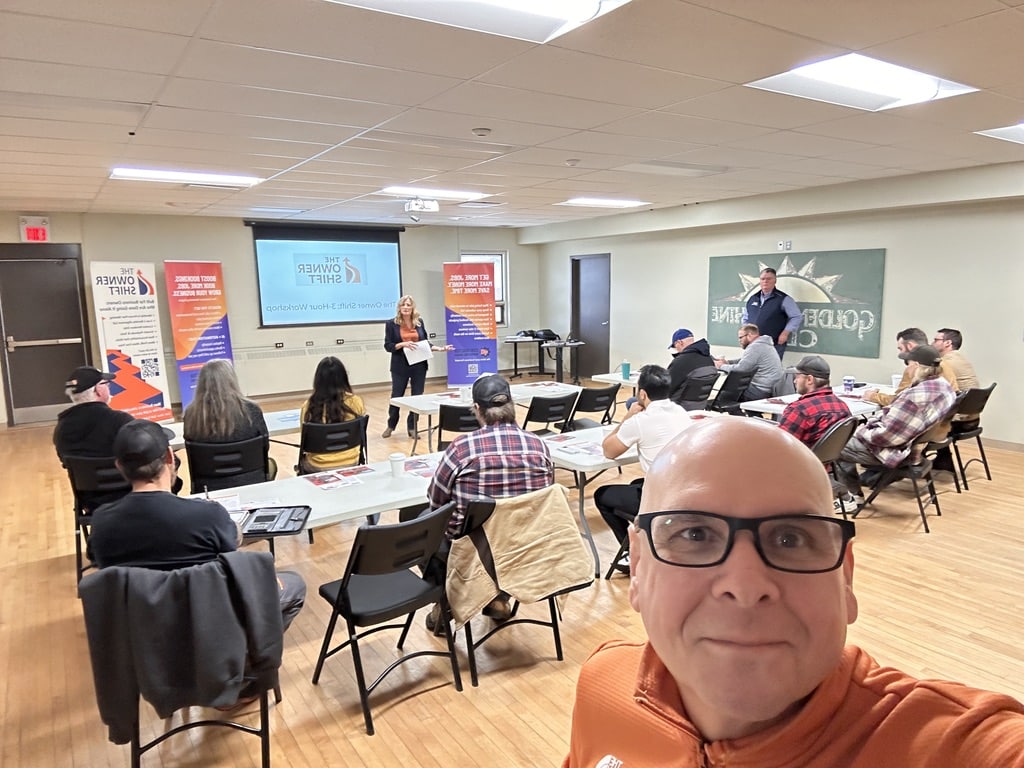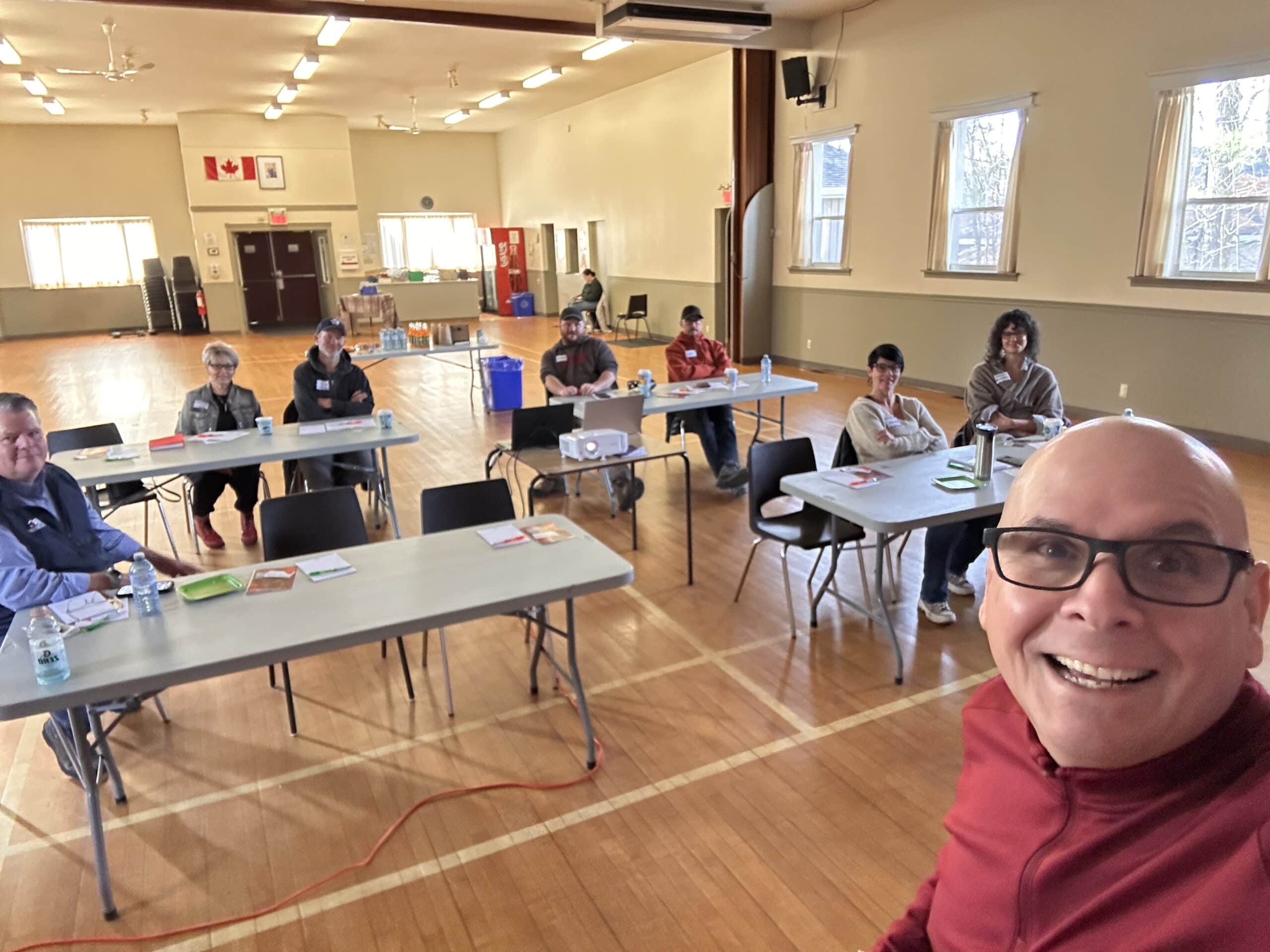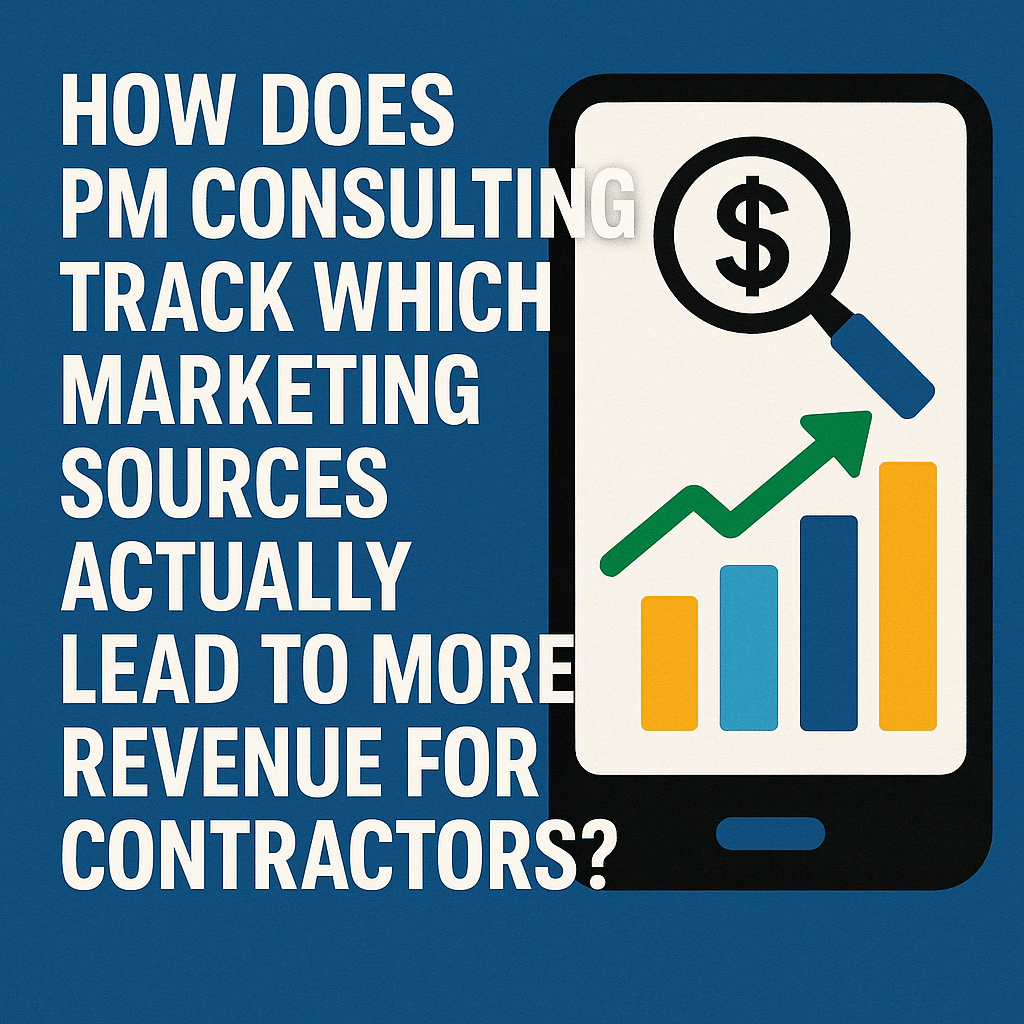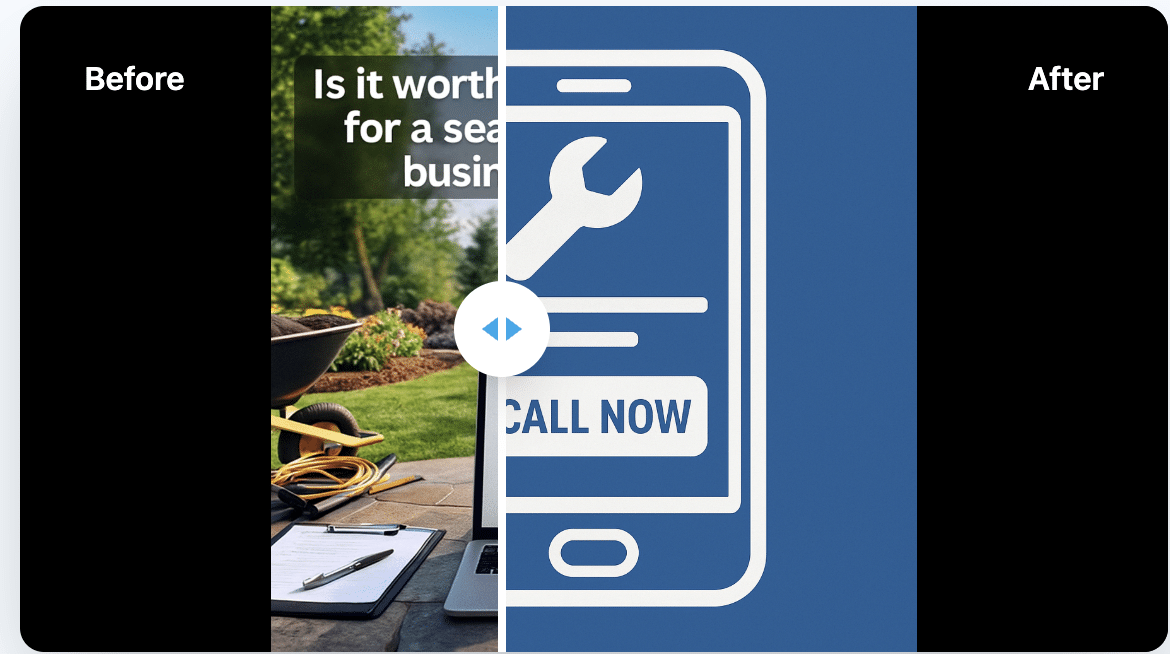What local SEO strategies work for trades in North Bay and other Ontario cities?
You’re a great electrician. You show up on time, your work is clean, and clients recommend you all the time. But when someone in North Bay searches “electrician near me” at 9 PM because their breaker keeps tripping, they’re calling your competitor—not you.
The problem isn’t your skills. It’s that Google doesn’t know you exist.
Local SEO (search engine optimization) is how trades businesses show up when people in their area are actively looking for help. And in Ontario’s smaller cities like North Bay, Sudbury, Timmins, or even mid-sized markets like Barrie and Kingston, the opportunity is massive because most of your competitors still don’t understand how this works.
Let’s break down the strategies that actually move the needle for trades businesses in Ontario.
Why Local SEO Matters More for Trades Than Almost Any Other Business
Think about how people hire tradespeople. They don’t browse. They don’t comparison shop for weeks. They have a problem—a leaking pipe, a broken furnace, a electrical issue—and they need someone now.
These are high-intent searches. When someone types “plumber North Bay” or “HVAC repair Sudbury,” they’re ready to hire within hours, not days. If you’re not in those top three Google results (the ones that show up with the map), you’re invisible.
Here’s the beautiful part: unlike industries where you’re competing nationally or globally, you’re only competing with other trades in your specific area. In North Bay, that might be 10-20 real competitors. In Sudbury, maybe 30-40. These are winnable battles.
The Foundation: Google Business Profile Optimization
Before anything else, you need your Google Business Profile (formerly Google My Business) set up correctly. This is the single most important factor for local search visibility.
Claim and Verify Your Profile
If you haven’t claimed your business on Google, do it today. Go to google.com/business and follow the verification process. Google will typically send a postcard to your business address with a verification code.
Once verified, you have control over how your business appears in Google Search and Maps.
Complete Every Single Field
Google rewards complete profiles. Fill out everything:
- Business name: Use your actual business name, not “Best Plumber in North Bay” (Google will penalize keyword stuffing)
- Category: Choose your primary category carefully (e.g., “Electrician” not “Contractor”). Add secondary categories too.
- Service area: List all cities and neighborhoods you serve
- Hours: Keep these accurate and update for holidays
- Phone number: Use a local Ontario number, not a toll-free
- Website: Essential—even a simple one-page site is better than nothing
- Description: 750 characters to explain what you do and where you serve
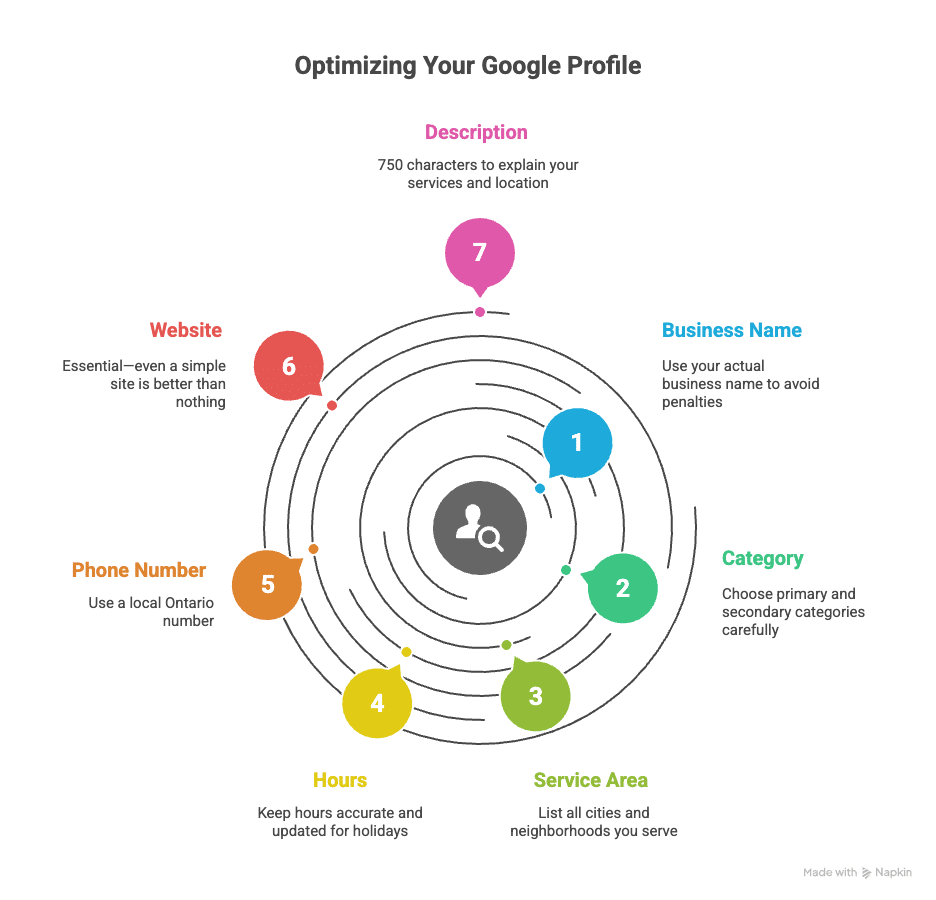
Photos Matter More Than You Think
Businesses with photos get 42% more requests for directions and 35% more clicks to their website. Upload:
- Your logo
- Photos of your team
- Before/after project photos
- Photos of your truck with your branding
- Interior/exterior of your shop (if applicable)
Add new photos every month. Fresh content signals to Google that you’re an active, current business.
Posts and Updates
Google Business Profile has a “posts” feature that most trades ignore. Use it. Share completed projects, seasonal tips, special offers, or company updates. These posts show up in your profile and signal activity to Google’s algorithm.
A simple post once a week—even just a photo of a completed job with a sentence—can improve your visibility.
The Review Engine: Your Competitive Advantage
We covered this in depth in another article, but it bears repeating: reviews are the fastest way to jump ahead of competitors in Ontario markets.
In North Bay, Timmins, or other smaller cities, if you have 40+ reviews with a 4.5+ star rating, you’re probably in the top 3 for your trade. In bigger markets like Barrie or Kingston, you might need 75-100+ to compete at the same level.
The magic number isn’t about hitting a specific target—it’s about having more recent reviews than your competitors. Google weighs recent reviews more heavily than old ones.
Set up a system (automated or manual) to request reviews after every job. Make it part of your workflow, not something you remember occasionally.
Local Citations: Getting Your Name Everywhere
Citations are online mentions of your business name, address, and phone number (NAP). Google uses these to verify that your business is legitimate and to understand where you operate.
The Core Citations
Start with these platforms that matter most for trades in Ontario:
- Yelp Canada: Still relevant for trades, especially in larger Ontario cities
- Yellow Pages Canada: Yes, they’re online now and still drive leads
- HomeStars: Huge for trades in Ontario—get your profile claimed and optimized
- Better Business Bureau: Credibility signal
- Houzz: If you do renovation or construction work
- Facebook Business Page: Essential for local visibility
Consistency Is Critical
Your business name, address, and phone number must be identical across every platform. If your Google Business Profile says “123 Main Street” but Yellow Pages says “123 Main St,” that inconsistency confuses Google and hurts your rankings.
Use the exact same format everywhere:
- Same business name (including punctuation)
- Same address format
- Same phone number (don’t mix a landline and cell across platforms)
Industry-Specific Directories: North Bay Chamber of Commerce
Depending on your trade, claim profiles on:
- Electrical Safety Authority (ESA) – for electricians
- TSSA directory – for gas fitters and HVAC
- WSIB contractor registry – adds credibility
- Local Chamber of Commerce – North Bay, Sudbury, etc.
- Trade association directories – CHBA, HRAI, etc.
These industry-specific citations carry more weight because they’re relevant to your trade.
Content That Captures Local Traffic
Here’s where most trades businesses give up: “I’m not a writer, I don’t have time for a blog.”
Fair enough. But here’s the reality: a few well-placed pages on your website will capture searches that your competitors are completely missing.
Create Location-Specific Service Pages
Don’t just have one “Services” page. Create separate pages for each major service in each major location you serve.
For example, if you’re an HVAC company serving North Bay, Mattawa, and Callander, you’d create:
- HVAC Installation North Bay
- Furnace Repair North Bay
- Air Conditioning North Bay
- HVAC Installation Mattawa
- Furnace Repair Mattawa
- (And so on…)
Each page should be 300-500 words minimum with:
- The service and location mentioned naturally in the content
- Local landmarks or neighborhood names mentioned
- Unique content (not copied across pages)
- Your phone number and call-to-action
This seems like a lot of work, but you’re capturing long-tail searches that convert extremely well. Someone searching “furnace repair Mattawa” is ready to hire—and most of your competitors won’t have a page targeting that exact search.
Local Service Area Pages
Create pages for each city or region you serve. These pages should explain:
- That you serve this specific area
- How long you’ve been serving it
- Any local expertise or experience
- Local landmarks or neighborhoods you work in
- Testimonials from clients in that area
A simple structure: “Serving [City] Since [Year]” with a few paragraphs about your experience in that community.
Answer Common Questions
Create simple FAQ or blog posts answering questions your clients actually ask:
- How much does electrical panel upgrade cost in North Bay?”
- “When should I replace my furnace in Northern Ontario?”
- “Do I need a permit for deck construction in Sudbury?”
These don’t need to be fancy. A few hundred words answering the question honestly will capture traffic. People searching these questions are early in their buying journey—when they’re ready to hire, you’ll be top of mind.
The Technical Stuff (That’s Actually Important)
Most trades businesses have websites that load slowly, don’t work well on mobile, or have broken links. Google penalizes all of these issues.
Mobile-First Is Non-Negotiable
Over 70% of local searches happen on mobile. If your website doesn’t work perfectly on phones, you’re losing leads. Test your site on your own phone. Can you:
- Read the text without zooming?
- Tap the phone number to call?
- Fill out a contact form easily?
- Load pages in under 3 seconds?
If not, you need a new website or significant updates.
Page Speed Matters
Slow websites hurt rankings and lose customers. Test your site speed at Google’s PageSpeed Insights. If you’re scoring below 50 on mobile, you’ve got work to do.
Common fixes:
- Compress images (huge problem for trades sites with lots of project photos)
- Enable caching
- Choose better hosting
- Remove unnecessary plugins or scripts
Schema Markup for Local Business
This is technical but powerful. Schema markup is code that tells Google exactly what your business is, where it’s located, and what services you offer.
Most modern website builders (WordPress with Yoast, Wix, Squarespace) have built-in tools for this. Enable “Local Business” schema and fill it out completely.
Link Building (Without the Sleazy Tactics)
Backlinks—other websites linking to yours—are still a significant ranking factor. But forget buying links or spammy directories. Focus on legitimate, local links.
Local Partnerships
Partner with complementary businesses. If you’re an electrician, connect with:
- Local builders and renovation companies
- Real estate agents
- Property management companies
- Interior designers
Ask if they’d link to you from their “preferred trades” or “partners” page. Offer to reciprocate.
Local Sponsorships
Sponsor a local sports team, charity event, or community organization. You’ll get:
- A link from their website
- Brand visibility in the community
- Good karma
In places like North Bay, these community connections matter for both SEO and word-of-mouth referrals.
Local Media and Blogs
North Bay, Sudbury, and other Ontario cities have local news sites and community blogs. Reach out with:
- Expert commentary on local issues (housing market, building trends)
- Seasonal tips (winterizing homes in Northern Ontario)
- Newsworthy projects or charitable work
A single link from a local news site can be worth more than 100 directory listings.
Supplier and Manufacturer Sites
If you’re certified or authorized to install specific brands (Lennox, Carrier, etc.), get listed on their dealer locator. These are high-quality backlinks from authoritative domains.
Service Area Targeting: Cast the Right Size Net
One mistake trades make: either targeting too broad (“Ontario electrician”) or too narrow (only their exact city).
The sweet spot depends on your trade and market:
For Emergency Services (Plumbing, Electrical, HVAC)
Target your primary city plus a 30-50km radius. People will drive for quality emergency service.
North Bay electricians should target: North Bay, Callander, Powassan, Mattawa, even Sturgeon Falls and Temiskaming Shores if you’re willing to travel.
For Project-Based Work (Renovation, Construction)
Target a wider area—people will drive further for the right contractor on a big project.
A North Bay renovation contractor could reasonably target all of Nipissing District, possibly even parts of Parry Sound or Timiskaming.
For Specialized Trades
If you offer something specialized (heritage restoration, commercial refrigeration, industrial electrical), you might target the entire province. Few competitors and clients will find you regionally.
Tracking What Actually Works
You can’t improve what you don’t measure. Set up these free tools:
Google Analytics: Track website visitors, where they come from, what pages they view
Google Search Console: See what keywords you rank for, how many impressions and clicks you get
Google Business Profile Insights: Track how people find your profile, what actions they take
Check these monthly. Look for:
- Which search terms drive the most traffic
- Which location pages perform best
- Whether your rankings are improving
- How many people call vs. visit your website
Double down on what’s working.
The Competitive Reality in Ontario Markets
Here’s what you’re up against in different Ontario markets:
Small Cities (North Bay, Timmins, Pembroke): Lower competition, easier to rank, but smaller market size. Dominating local search can give you 50%+ of the available online leads.
Mid-Size Cities (Barrie, Kingston, Guelph): Moderate competition. More sophisticated competitors, but still lots of trades businesses without strong SEO. Takes more effort but still very achievable.
Greater Toronto Area: Extremely competitive. Requires more investment, more content, more reviews. But the market size means even a small slice of visibility drives significant revenue.
Rural Areas: Very little competition but also very little search volume. Focus on serving multiple communities and having location pages for each.
The smaller your market, the bigger the impact of doing local SEO well.
Quick Wins You Can Implement This Week
Feeling overwhelmed? Start here:
- Claim and fully complete your Google Business Profile (2 hours)
- Get 5 reviews from recent clients (1 hour of outreach)
- Add location keywords to your website homepage (30 minutes)
- Create one location-specific service page (1-2 hours)
- Take 20 photos of recent work and upload to Google (1 hour)
That’s 5-6 hours of work that will likely improve your visibility within 2-4 weeks.
Then build momentum: one new service page per week, 2-4 new reviews per month, fresh Google Business posts weekly.
The Long Game
Local SEO isn’t a one-time project. It’s ongoing. But here’s the advantage: once you build momentum, it becomes much easier to maintain than to start from scratch.
A trades business that consistently executes these strategies in a market like North Bay, Sudbury, or Barrie will dominate local search within 6-12 months. And that dominance compounds—the more visible you are, the more reviews you get, the more visible you become.
Your competitors are doing the same thing they did last year: relying on word-of-mouth and maybe some Facebook ads. They’re leaving the door wide open.
The question is: are you going to walk through it?
Check out this blog:



